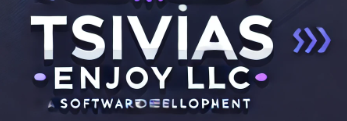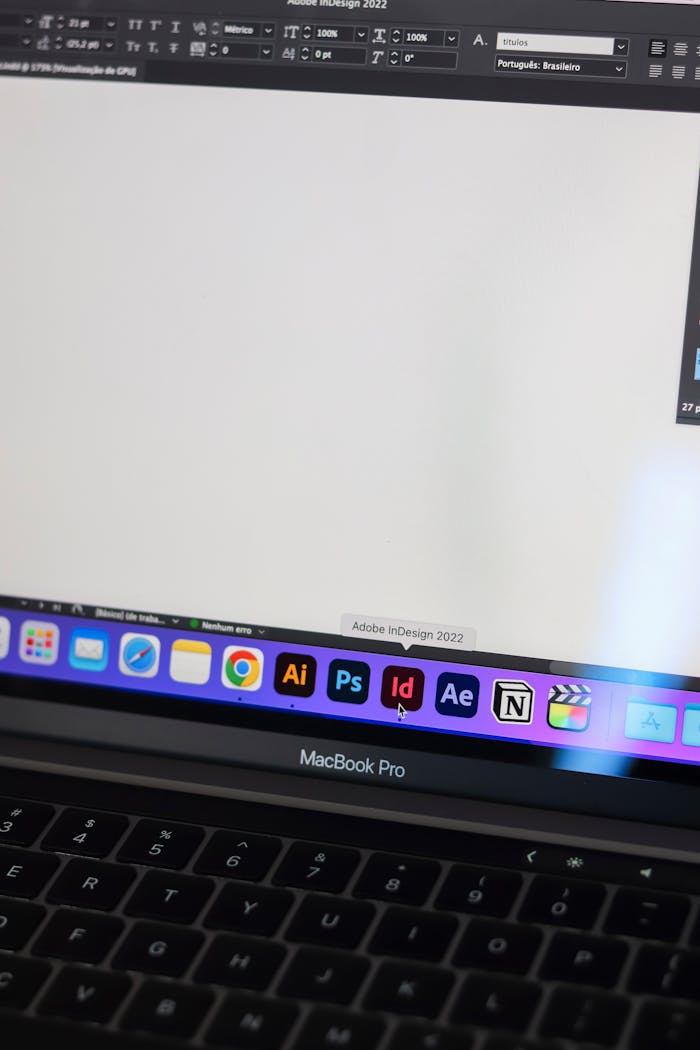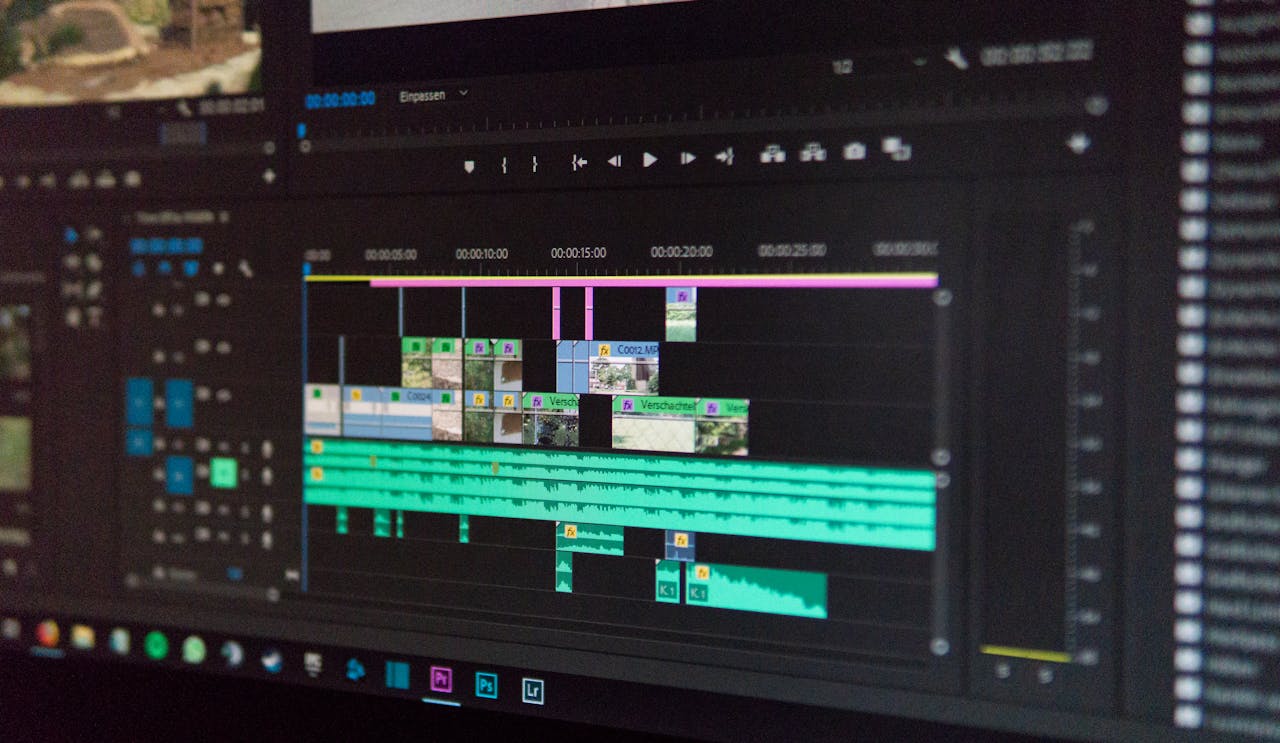In an era dominated by cloud computing and mobile-first solutions, desktop application development might seem like a relic of the past. However, this segment of the software industry remains a vital force, adapting to modern needs and proving its relevance in a rapidly evolving technological landscape. Desktop applications continue to offer unparalleled performance, security, and customization, making them indispensable for businesses, professionals, and even individual users.
One of the key advantages of desktop applications is their ability to leverage local hardware resources. Unlike web-based or cloud solutions that depend heavily on internet connectivity and server performance, desktop apps can run efficiently offline, delivering consistent speed and reliability. This is particularly crucial for industries like finance, healthcare, and engineering, where data sensitivity and real-time processing are non-negotiable. For instance, a desktop-based CAD (Computer-Aided Design) tool can handle complex computations and renderings that would strain a browser-based alternative.
Moreover, desktop applications provide a level of customization that cloud solutions often struggle to match. Businesses can commission tailored software to meet specific workflows, integrating seamlessly with existing systems. This flexibility is a boon for enterprises looking to maintain a competitive edge without being locked into generic SaaS (Software as a Service) platforms. Additionally, desktop apps can offer enhanced security features, such as local data encryption, reducing reliance on third-party servers and mitigating risks associated with data breaches.
However, the rise of hybrid solutions cannot be ignored. Developers are increasingly blending desktop and cloud functionalities to create applications that combine the best of both worlds. For example, a desktop app might sync data with a cloud server for backups while retaining offline capabilities. This trend reflects the industry’s push toward versatility, ensuring desktop software remains relevant amid shifting user expectations.
Challenges do exist. Desktop applications require more intensive development and maintenance compared to web apps, as they must be optimized for multiple operating systems like Windows, macOS, and Linux. Compatibility issues and the need for regular updates can strain resources, particularly for smaller firms. Yet, advancements in cross-platform frameworks—such as Electron, Qt, and .NET—have simplified this process, enabling developers to build robust applications with broader reach.
Looking ahead, the future of desktop application development lies in specialization and integration. As artificial intelligence and machine learning become more prevalent, desktop apps could serve as powerful hubs for processing-intensive tasks, leaving lighter functions to the cloud. Industries requiring precision and control will continue to drive demand, ensuring that desktop software retains its niche in a tech ecosystem increasingly dominated by mobile and web solutions.



